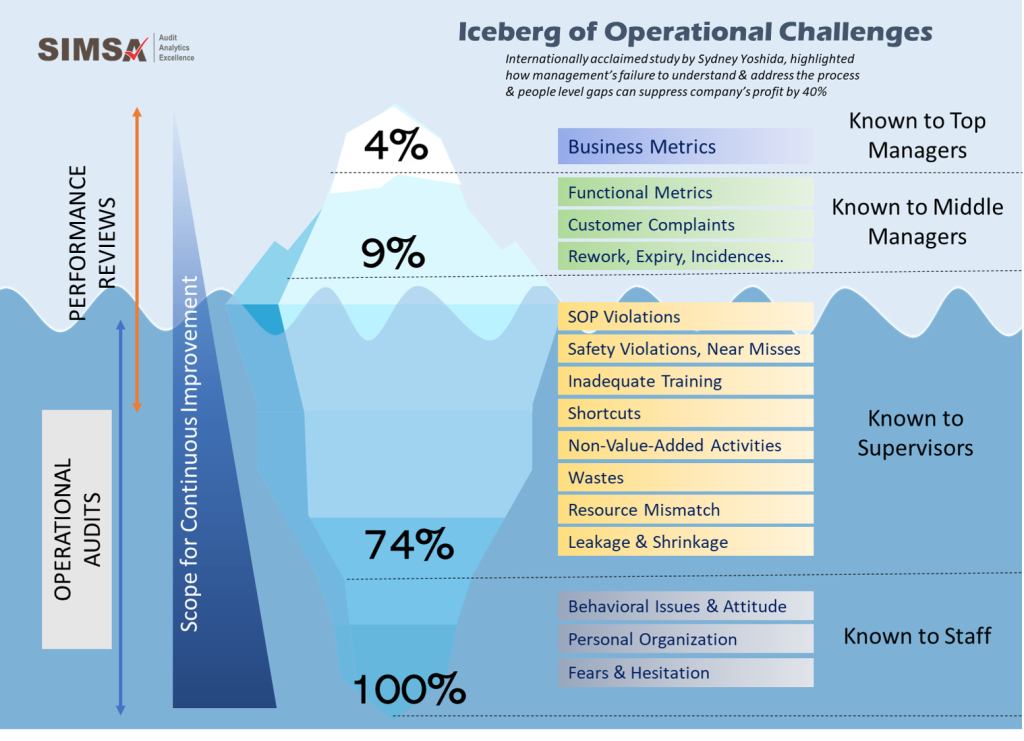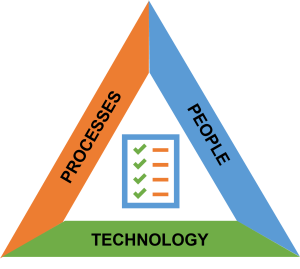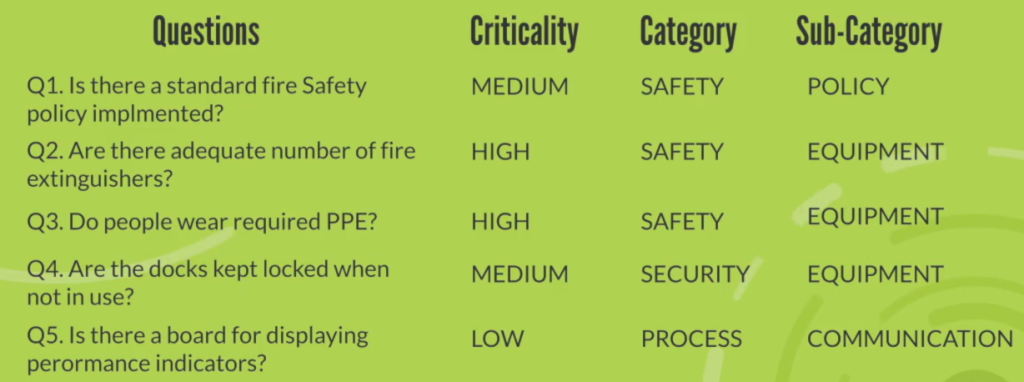Operational Excellence in VUCA World
A rapidly changing and dynamic environment poses both risks as well as opportunities for the businesses. Therefore, the need for operational excellence is felt by the business more than ever. In the changing context, the focus of operational excellence (OE) is also shifting i.e., from heavily leaning on the Lean to creating a fine balance between Lean and risk management.
Considering the uncertainties and volatility that we face today, the likelihood of OE taking a backseat is very high. There are times, when the exceptions or deviations have to be allowed or short-cuts have to be accepted to meet the customer requirement. What is worrying is when the exceptions become the norms and the short-cuts become the acceptable practices, the productivity, quality, and safety start to suffer. Also, the organizations tend to be more siloed in the absence of clarity of direction. On the other hand, the new technologies, the professional outsourcing partners offer the opportunities to take the OE to the next level.
Operational Audit vs Operational Excellence Audit
 The operational audits are focused on assessing the compliance to certain standards e.g. ISO, SOPs or regulatory requirement. The operational excellence audits help to identify the deficiencies, risks and opportunities for improvements, considering the end goal of customer satisfaction. In a nutshell the operational excellence audit enables the realignment of the operational goals, processes, measurement, people to the continuously changing priorities of the business.
The operational audits are focused on assessing the compliance to certain standards e.g. ISO, SOPs or regulatory requirement. The operational excellence audits help to identify the deficiencies, risks and opportunities for improvements, considering the end goal of customer satisfaction. In a nutshell the operational excellence audit enables the realignment of the operational goals, processes, measurement, people to the continuously changing priorities of the business.
While it may not be fair to apply “one size fits all” rule, the areas under the operational excellence audit remain broadly common to most operations. The indicative areas and checkpoints are:
1. Customer (External / Internal) Satisfaction:
- Understanding of the Customer Requirement at all levels, differentiated by the product category, market & channels
- Measurement and visibility of customer satisfaction
- Alignment of operational KPIs & target to the customer satisfaction goals
- Streamlined order management process
- Complaint resolution process effectiveness
2. Collaborative Sales & Operations Planning:
- Monthly / weekly planning process to balance the customer demand with resource capacity
- Collaborative and facts-based decision making
- Collaborative review of operational performance indicators
3. Value Chain Integration (External Collaboration)
- Joint business planning and performance reviews
- Supplier managed replenishment of inventory
- Zero receiving inspection
- Direct delivery at point of use
- Real time sharing of information
4. TCO (Total Cost of Ownership) Approach
- Cost optimization uses cross-functional trade-offs e.g. production change-over cost and inventory carrying cost
- Cost based decisions use all the visible and hidden cost elements e.g., cost of quality
- Lifecycle cost
5. Leading Technologies
- Process automation and Controls automation
- AIDC (Automatic Identification and Data Capture)
- Quicker change-overs, lower setup times & cost
- Advanced planning & Scheduling
- Data analytics & intelligence for faster & robust decision making
6. Health, Safety & Environment
- HSE practices documentation and adherence
- Events reporting & monitoring
- HSE scorecard & record keeping
- Regulatory compliance
7. Quality System Deployment
- QMS documentation and leadership involvement
- SOP documentation & compliance
- Quality metrics review & continuous improvement
- Quality improvement teams
- Controls for minimization of scrap
8. Visual Management Deployment
- Operations mission & performance objectives visible
- Visibility of labelling & coding of product lines, inventory, equipment, & tooling
- Color coding & differentiation
- Control room showing status of total operation, customer order & order fulfilment visibility
9. Management of Complexity & Variability
- Use of common parts, processes, & procedures
- Simplicity & clarity of operations layout
- Commonality of tooling & fixturing, equipment & tools, support software & applications programs
- Ability to handle variable demand, ability to eliminate controllable variations, to smooth demand, to handle supply chain, number of suppliers, not how complex but how complexity is handled
10. Team work, skill levels and motivation
- Team problem solving capability & history
- Employee willingness to talk about customers, products, & company;
- Team meeting areas & performance charts
- Training investments, educational support, coaching & mentoring
- Information sharing, town-hall meetings, intranet access
Implementing the OE Audit
Operational Excellence Audits are the need of the hour to unearth hidden risks & opportunities. However, spending internal resources and doing it in a traditional way is no longer sustainable considering the shocks of volatility and black swan events. Using experts and automation of the audit checklist & workflow, reporting, analysis and improvements not only saves the time of over-occupied resources but also improves the governance and effectiveness of operational excellence. SIMSA offers both technology platform and experts to help you institute and sustain the Operational Excellence program.
 A checklist can be a simple yet powerful tool that can be used to stay focused and ensure the entire scope of the audit is covered. A superficial & high level checklist just looks at the tip of the iceberg and address the problems that have already surfaced. The real purpose of the operational audits is to proactively identify and nip the problems in the bud, before these start harming the business.
A checklist can be a simple yet powerful tool that can be used to stay focused and ensure the entire scope of the audit is covered. A superficial & high level checklist just looks at the tip of the iceberg and address the problems that have already surfaced. The real purpose of the operational audits is to proactively identify and nip the problems in the bud, before these start harming the business. should be evaluated from all the 3 angles of PPT. For example, the check point related to batch control in the warehouse should cover
should be evaluated from all the 3 angles of PPT. For example, the check point related to batch control in the warehouse should cover





